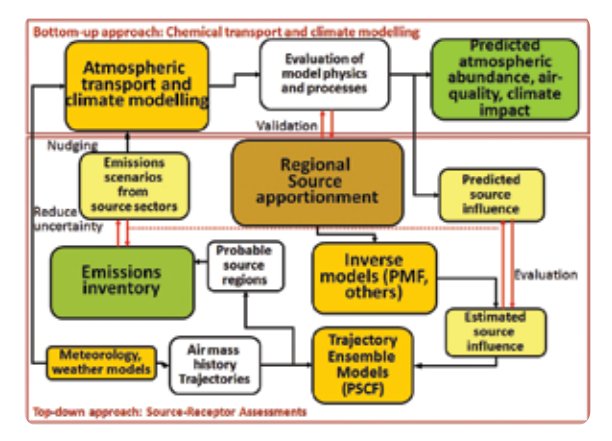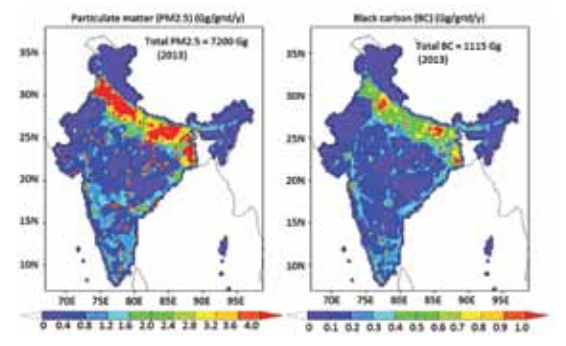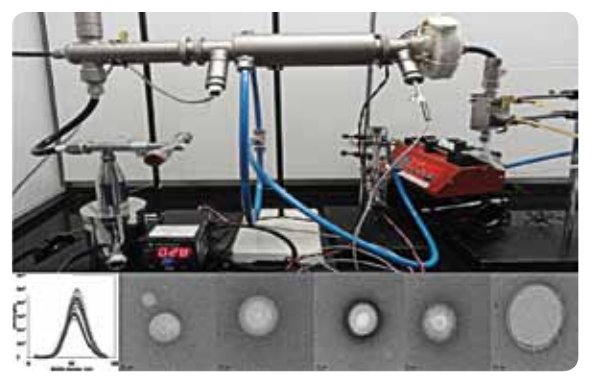Chandra Venkataraman
Core Faculty
Professor

321, Chemical Engineering
Core Faculty
Professor
Institute Chair Professor (2011-2014) for academic and research excellence IIT Bombay.
H.H. Mathur Award for Research Excellence in Applied Science (2008) a one-time career award for excellence in applied research IIT Bombay.
IIT Bombay Excellence in Publication Award (2007) for a high impact research publication IIT Bombay.
R.G. Manudhane Faculty Research Excellence Award (2006) for faculty research excellence Department of Chemical Engineering IIT Bombay.
Vikram Sarabhai Research Award (2005) In recognition of research excellence in Atmospheric and Space Science Physical Research Laboratory Ahmedabad.
START Young Scientist Award (1998) In recognition of outstanding research on regional aspects of global change. START is supported by the International Geosphere Biosphere Programme.

Emissions inventory development for research and regulatory applications, in air-quality and climate change, needs explicit linkages to emitting technologies and to the microphysical, chemical and optical properties of emitted particles. The influence of residential solid fuel use on climate over India, through substantial emissions of black carbon particles was first described through work from our laboratory (Venkataraman et al. 2005, Science, 307(5714), 1424-1426). Ongoing research addresses understanding emission aerosol from dispersed tradition combustion sources (residential biomass stoves and kerosene lamps, brick kilns, agricultural field burning) and multi-criteria mitigation analysis to provide decision and policy support.

Understanding the physics of aerosol-mediated atmospheric processes, which influence rainfall is imperative to India’s rain-fed agricultural economy. Mechanisms of alteration of clouds and rainfall by aerosols are being studied through simulations using climate models (ECHAMHAM, WRF-CMAQ/CAMx) and statistical approaches applied to satellite derived cloud and climate variables. This work seeks to improve the physics of climate models to better predict regional climate change.

Therapeutic nanoparticles with controlled properties enable control over therapeutic outcomes, through drug targeting to specific sites, enhancing cellular uptake, protection against drug inactivation and achieving controlled drug release. A pulse-heat aerosol reactor has been designed and built to prepare lipid nanoparticles with controlled size, morphology, crystallinity and controlled release properties. Experimental studies investigate nanoparticle surface modification, layered nanoparticles and the encapsulation of drug molecules and genetic material, while modelling studies address mechanisms governing control of nanoparticle properties during droplet drying, to engineer nanoparticles for new applications.